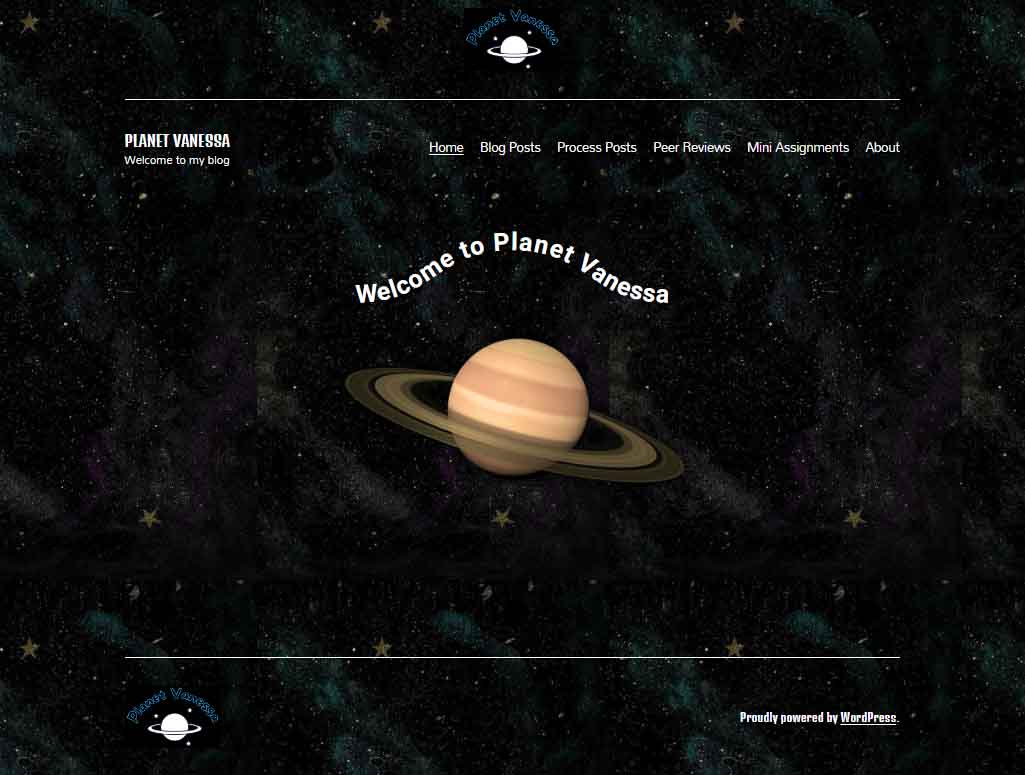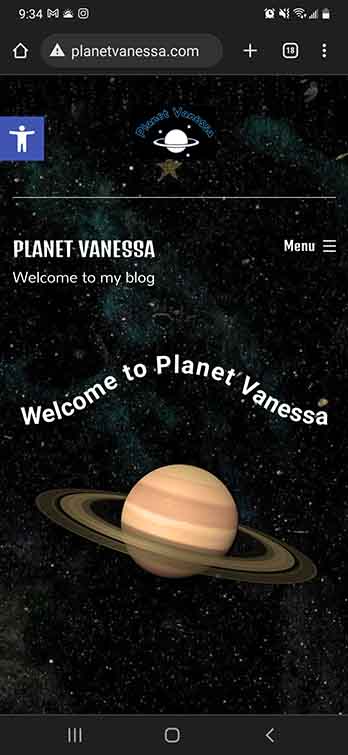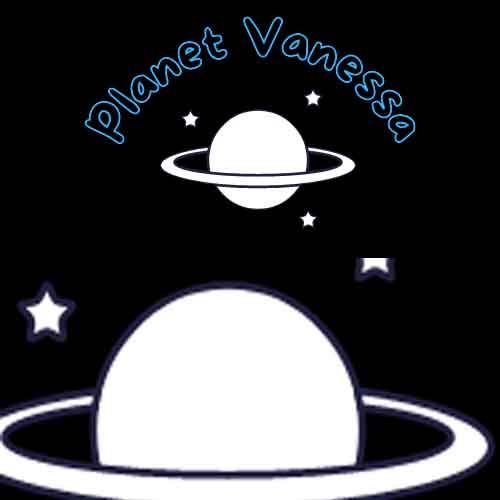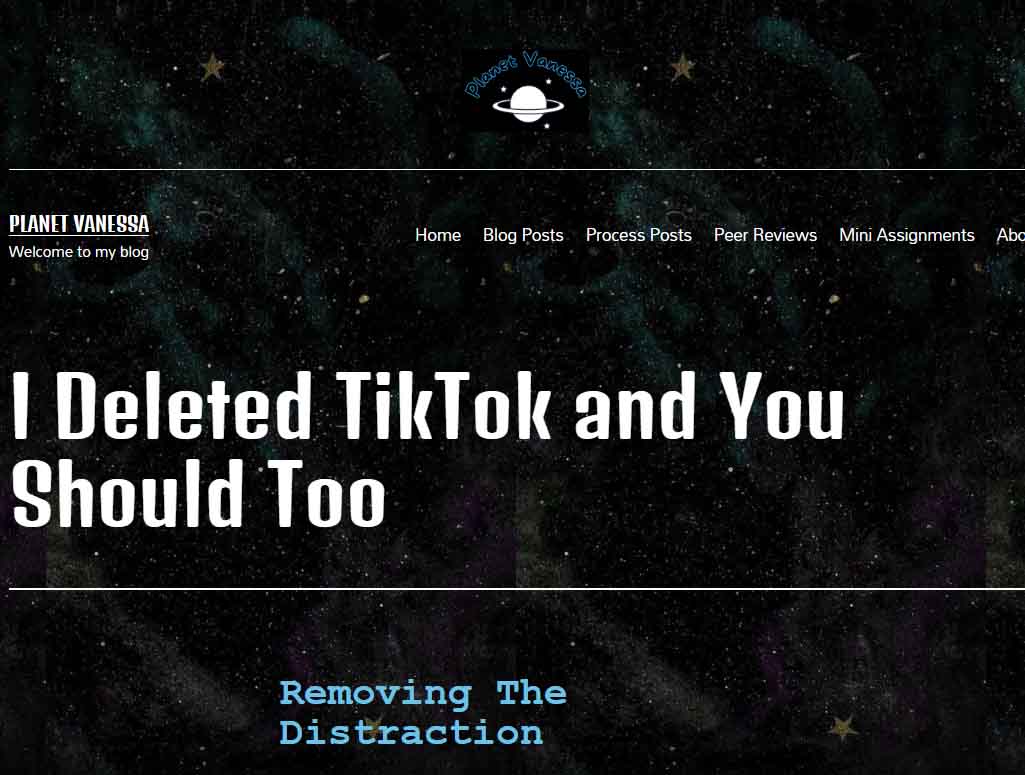In a survey conducted by the PEW Institute, Facebook was shown to be the leading social media site for adults in the US to obtain news, with 31% of participants regularly getting their information from the site. This figure is not much of a surprise, since Facebook has a certain reputation for being propagators of reactionary information and false news. The aforementioned study also stated that the percentage has been steadily going down in the past few years, which I postulate is likely because of an aging main demographic and the rise of newer social media apps.
My primary issue with Facebook as a possible source for news (and every other social media site, for that matter) is the ability for people to rapidly spread misinformation and a general lack of critical thinking when it comes to such news. A prime example of this phenomena was on full display around the 2016 US presidential election, where disinformation and conspiracy theories ran rampant on Facebook. Of course, this kind of false news has existed forever, but the rise in prominence was especially apparent in the aftermath of such an influential event.
In “Misinformation with Fake News”, Mircea Botei (2017) described this as a turning point, where the public suddenly became more concerned about social media’s possible influence on democracy. Botei further expresses false news as “[an attempt] to appear truthful and thus to be accepted and transmitted further. It is news that tells what the audience wants to hear.”(p. 138) I have to agree with this sentiment, as reactionary headlines are a common sign of an untrustworthy source.
Political campaigns have taken advantage of current media trends to further their reach for decades, using whichever method was most popular at the time. Kathleen Jamieson (1996) mentions the widespread use of radios and television in the 1900s, with her book Packaging the Presidency: A History and Criticism of Presidential Campaign Advertising sourcing the ridiculous advertisements political candidates were able to make about their opponents as an example. Still, the massive coverage of the 2016 US election in particular highlighted this mass move from television to the internet.
Fortunately, some good has come of this tragic spike in false news; many social media sites (including Facebook) were pressured to provide transparency reports over political ad campaigns hosted on their sites, according to Efe Sevin (2021) in “New Data Sources and Presidential Campaigns”. Following the 2016 election, Facebook joined companies like Google and Snapchat in revealing their advertising archives to the greater public (Sevin, 2017). However, we should not underestimate the intentional role that social media companies play in these spaces. Many social media sites are anything but guiltless for the rise of false news and influence of political proceedings; some are just better at hiding their involvement than others.
In the article “Social media ethics in the data economy: Issues of social responsibility for using Facebook for public relations “ Candace White explains how Facebook uses aggregated data from users to target those who are most vulnerable. This fact directly relates to the presidential election, as Cambridge Analytica—a company hired for Donald Trump’s 2016 campaign—was revealed to have stolen user data from over 50 million people through a data breach of Facebook. I have been suspicious of the content and news circulated on Facebook since I first made an account, with this mistrust only growing as I learned more about their unethical business practices.
All this is to say that there is a distinct need to modify the existing structures that facilitate the spread of false news. Diogo Andrade introduces such an idea in “Paving the way for regulation: how the case against Facebook stacked up”, which lays out a few different strategies that the US was discussing at the time. The most viable and comprehensive solution in my opinion is ending the monopoly Facebook holds as the top company in its field. Andrade mentions dividing up the website (and its acquired companies) into competing forces, creating laws to restrict website’s abilities to harvest private data from users, and “limiting and eroding Silicon Valley’s power” (2019, p. 125).
Although Facebook has only gotten more powerful since the previous articles’ publication in 2019, I still hold onto the hope that future US elections won’t be at the mercy of malicious advertisers and complacent social media giants.
☆.
Reference List
BOTEI, M. (2017). Misinformation with Fake News. Bulletin of the Transilvania University of Brasov. Series VII: Social Sciences. Law, 10 (59)(2), 133–140.
Jamieson, K. H. (1996). Packaging the Presidency: A history and criticism of presidential campaign advertising. Oxford University Press, Incorporated.
Queiroz Andrade, D. (2019). Paving the way for regulation: how the case against Facebook stacked up. Observatorio (OBS*), 13(3), 113–128. https://doi-org.proxy.lib.sfu.ca/10.15847/obsobs13320191388
Sevin, E. (2021). New Data Sources and Presidential Campaigns. American Behavioral Scientist, 1. https://doi-org.proxy.lib.sfu.ca/10.1177/00027642211021634
“Social Media and News Fact Sheet” Pew Research Center, Washington, D.C. (September. 20, 2022) https://www.pewresearch.org/journalism/fact-sheet/social-media-and-news-fact-sheet.
White, C. L., & Boatwright, B. (2020). Social Media Ethics in the Data Economy: Issues of social responsibility for using Facebook for public relations. Public Relations Review, 46(5), 101980. https://doi.org/10.1016/j.pubrev.2020.101980










